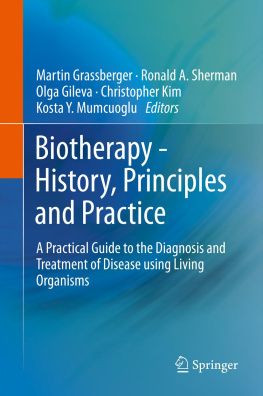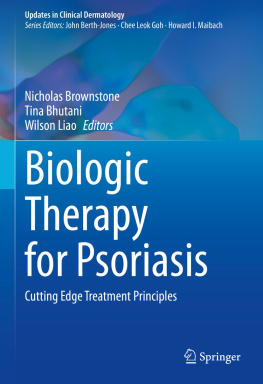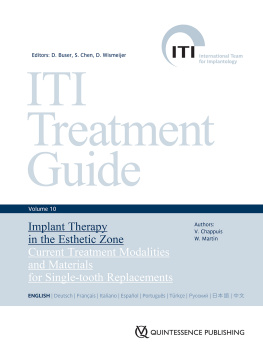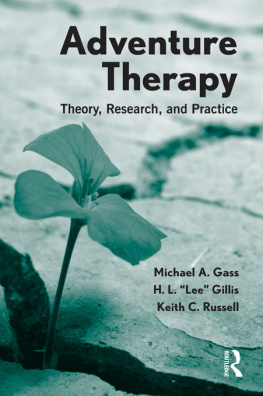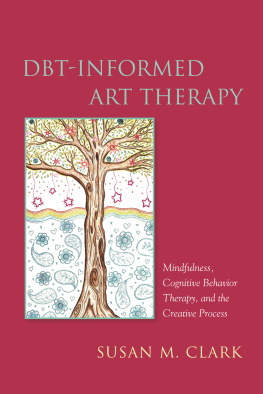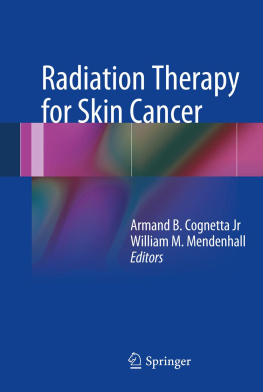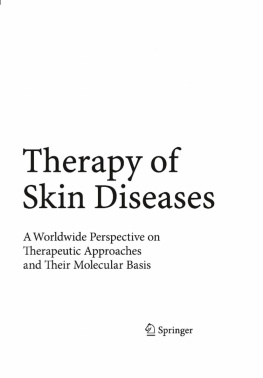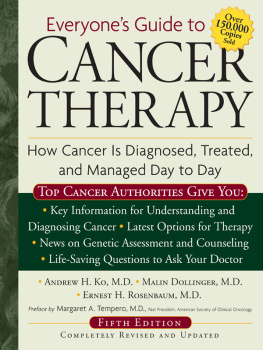Martin Grassberger , Ronald A. Sherman , Olga S. Gileva , Christopher M.H. Kim and Kosta Y. Mumcuoglu (eds.) Biotherapy - History, Principles and Practice 2013 A Practical Guide to the Diagnosis and Treatment of Disease using Living Organisms 10.1007/978-94-007-6585-6_1 Springer Science+Business Media Dordrecht 2013
1. Biotherapy An Introduction
Abstract
Biotherapy is as old as the hills, in that man has learnt, over the millennia, mostly by trial and error, what the natural world around him has to offer, to alleviate or enhance his condition. By interacting with things, working with them, eating them, or rubbing them on, certain effects will follow, sometimes with dramatic results, including of course, death. As scientists, we divide the natural living world, somewhat arbitrarily, into the plant and animal kingdoms, but these have a massively fuzzy interface. The biological world is diverse, complex, sophisticated and mysterious, changing inexorably over time, so that, whatever we might study or utilise, it is the end result of literally millions, even billions, of years of natural research and development. The Bio- epithet thus is open to a wide range of connotations. A glance at the World Wide Web confirms this diversity of use.
Biotherapy is as old as the hills, in that man has learnt, over the millennia, mostly by trial and error, what the natural world around him has to offer, to alleviate or enhance his condition. By interacting with things, working with them, eating them, or rubbing them on, certain effects will follow, sometimes with dramatic results, including of course, death. As scientists, we divide the natural living world, somewhat arbitrarily, into the plant and animal kingdoms, but these have a massively fuzzy interface. The biological world is diverse, complex, sophisticated and mysterious, changing inexorably over time, so that, whatever we might study or utilise, it is the end result of literally millions, even billions, of years of natural research and development. The Bio- epithet thus is open to a wide range of connotations. A glance at the World Wide Web confirms this diversity of use.
When the International Biotherapy Society (IBS) was founded, at our first conference in May 1996, we defined Biotherapy as the use of living organisms in human medicine. The focus then was primarily on Maggot Therapy, Hirudothotherapy and Apitherapy. The emphasis was on utilising the natural abilities, aptitudes and responses of certain organisms, in an environment determined by the practitioner. We were particularly concerned to learn how such organisms would respond to a variety of clinical situations, such as maggots in chronic wounds, and leeches on congested flaps in plastic surgery. Our ideal was to manage the organisms themselves so that they would remain happy and hungry, and thereby function optimally, throughout the treatment period, recognising the fact that the environment itself, to which we were subjecting them, might be, or might become, hostile to their wellbeing.
A clinically successful outcome is thus the result of specifically chosen organisms, appropriately prepared for clinical use, introduced to a patient at an opportune time by practitioners who understand the inherent biology of these organisms, and can manage the clinical environment to obtain optimal behaviour. This is challenging, and demanding, and is for many practitioners an entirely new concept, but the clinical results can be dramatic and magnificent.
Modern scientific endeavour is essentially reductionist, whereby objects and phenomena are studied at ever increasing depths of detail. Thus, there are now literally hundreds of known elementary sub-atomic particles, with concepts such as String Theory now well established, albeit yet to be captured and looked at. However, the more that is discovered the more there seems to be open for future discoveries. We may know a lot about mass and energy, but dark matter and dark energy still comprise 95 % of all thats there! We may have cracked the human genome, but non-coding or Junk DNA is still 98 %!
By complete contrast with all this, and perhaps aimed at the other end of the spectrum of human enquiry and activity, biotherapy is holistic. The term holistic is yet another with a wide scatter of applications. We use it here to define our aim to engage with naturally occurring phenomena and healthy intact organisms, in all their diversity and complexity, introducing them into the clinical arena, with the goal of fully integrating biotherapy into modern medicine.
Biotherapy is expanding. Our website ( www.biotherapysociety.org ) now addresses:
Maggot Therapy: The use of the larvae of the blowfly Lucilia sericata as agents of cleansing or dbridement, and enhancement of healing of open wounds.
Hirudotherapy: The application of leeches for extraction of blood from congested or inflamed tissues, in a wide range of pathologies.
Apitherapy: The introduction of bee venom, by live bees or by injection, for a wide range of chronic ailments. Bee products such as propolis, honey and Royal Jelly are also efficacious, each in its own spectrum of conditions.
Ichthyotherapy: The use of certain species of small fresh-water fish as scavenging agents for dermatological conditions such as psoriasis.
Helminth Therapy: The use of certain nematode worms as agents for the stimulation of host immunological responses appropriate to the alleviation of certain inflammatory auto-immune bowel diseases such as Crohns Disease and Ulcerative Colitis. There is the potential use of the schistosomiasis parasite in the prevention of Type 1 insulin-dependant diabetes.
Phagetherapy: The therapeutic use of bacteriophages to treat pathogenic bacterial infections (especially those that do not respond to conventional antibiotics) in human as well as in veterinary medicine.
Animal-assisted therapy: This type of therapy involves higher animals (mainly dogs and other pet animals) for people with physical, psychological, cognitive, social, and behavioural problems. The special term Equine-assisted therapy is applied when a horse is part of the treatment team.
Biodiagnostics: The training of selected dogs to recognise life-threatening medical conditions, such as cancer and diabetic crises, at an early stage, allowing for successful management of the condition by conventional means.
All these aspects of our Societys activities are explained and described in more detail in the appropriate chapters of this book.
Engaging in this way with all these organisms, each with their own particular biology, raises the cogent and attractive question as to whether the active agents, enzymes, cytokines, immuno-stimulants and the rest, that these organisms produce, might be identified and processed by laboratory techniques, to provide us with an enhanced pharmacopoeia. A great deal of study of active agents produced or processed by bees and leeches, has been undertaken. The exo-enzymes secreted by maggots are under active investigation. The volatiles given off by patients suffering from various pathological states, such as cancer and diabetes, are also under scrutiny. Sniffer machines are being developed to recognise specific marker molecules at low concentrations. This must ideally be in collaboration with dogs being trained to identify the chosen markers, and the resulting intrinsic specificity fed into the machine programming.
Going down the route towards a magical new aspirin at face value. runs counter to our philosophy of working with intact bio-complexity. A living organism is anything but a tablet. A maggot in a chronic wound will seek out those parts of the wound which provide it with optimal feeding, move relentlessly in the wound in this quest, engage in very efficient group-feeding with other maggots in the wound, produce heat to speed up the wound healing, use oxygen from the air as against from the wound bed, induce the production of cytokines to enhance production of host wound repair cells, produce exo-enzymes appropriate to the type of tissue (skin, fat, muscle) undergoing decomposition, free bacteria from their biofilm, engulf and digest them, thereby increasing its body weight (re-cycling organic waste) 5080 fold, in 3 days!

